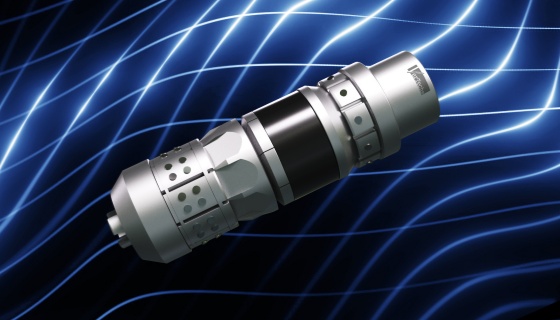


Managed Pressure Drilling (MPD) is a precise drilling method that controls wellbore pressure in real-time. It is essential for drilling safely and efficiently in complex environments, such as high-pressure zones and unstable formations. By reducing risks, minimizing downtime, and improving performance, MPD enables operators to overcome drilling challenges while achieving cost savings and operational success.
MPD is a precise drilling method that controls the annular pressure profile. Unlike conventional drilling, it reduces pressure-related issues. Operators can adjust the pressure in real time, avoiding complications like kicks or losses.
Drilling in complex formations is risky. High-pressure zones, unstable rock formations, and tight margins make it tough. MPD helps overcome these challenges.
MPD allows precise adjustments to maintain the correct pressure. This prevents sudden kicks or fluid losses. Operators can handle formations with narrow pressure windows.
Non-productive time increases costs. Pressure issues often cause delays or shutdowns. With MPD, operators minimize downtime. They drill faster and more efficiently.
Safety is crucial in drilling. Unexpected pressure surges can lead to well-controlled events. MPD reduces such risks by stabilizing pressure. It provides a safer working environment for crews.
MPD makes drilling smoother. It reduces the need for costly repairs or adjustments. Operators can optimize drilling performance with real-time pressure data.
MPD reduces costs by limiting NPT, preventing well issues, and enhancing efficiency. Though the setup requires investment, it pays off over time.
In high-risk zones, MPD offers clear advantages. It improves results in unstable formations and reduces operational risks. Below are key scenarios where MPD excels:
● High Pressure and High Temperature (HPHT): MPD handles extreme conditions where conventional methods fail.
● Narrow Pressure Margins: It controls the pressure to avoid kicks or fluid losses.
● Depleted Reservoirs: MPD helps balance pressure in depleted zones.
● Unstable Formations: It stabilizes wellbore pressure to avoid collapse.
While MPD focuses on drilling, pressure management is also relevant to other services. For example, tankless water heater services rely on pressure adjustments for smooth operations. Proper control ensures consistent performance without overheating or failure.
Similarly, gas systems require precision. For gas line repair, maintaining safe pressure levels is critical. Both fields share the goal of achieving stability and efficiency through pressure management.
MPD uses several techniques to control pressure. The chosen method depends on the formation and drilling goals.
This technique adjusts surface pressure using a choke. Operators fine-tune pressure in real time to maintain stability.
CBHP maintains consistent pressure throughout the drilling process. This prevents kicks and fluid losses in narrow margins.
DGD balances the pressure difference between the wellbore and formation. It is effective in deepwater operations.
In this method, a heavy fluid or cap isolates the formation pressure. This works well in fractured zones.
MPD is transforming the drilling industry. Complex wells are becoming more common as easy reservoirs deplete. MPD helps operators reach these deeper, riskier reserves.
As the technology evolves, more drilling projects will use MPD. Its benefits include lower costs, safer operations, and improved results.
Managed Pressure Drilling is a game-changer in complex environments. It provides unmatched control, reduces risks, and improves efficiency. For tough formations or risky zones, MPD offers a reliable solution.
At Vertechs, we specialize in delivering innovative drilling solutions tailored to complex projects. Our expertise in MPD ensures safer, faster, and cost-effective results for our clients.
Contact Vertechs today to learn how our advanced drilling services can optimize your operations and overcome your toughest challenges.
Read Our One More Blog(1): Mastering the Elements: HPHT Frac Plugs Tackle the Toughest Challenges
Read Our One More Blog(2): Common Issues in Managed Pressure Drilling and Solutions